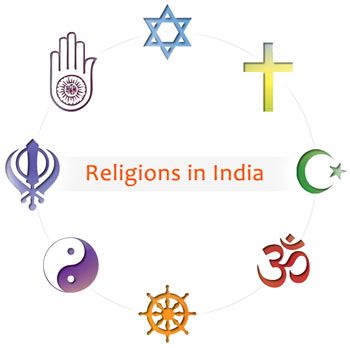
India
is quite famous for its culture, tradition, and diversity across the
world. Despite being a secular country, the Hindu religion is widespread
throughout India. The faith, culture, and traditional worship method
has eventually given birth to copious sacred temples all over the
country. Each temple built in India has its own mythological story and
history to tell us and not to forget the mesmerizing architecture that
grabs our attention right at the first sight.
Our
ancestor's great architectural skills are commendable and have been
praised by many scholars all over the world. Here we bring a few ancient
temples that stand as our country monument even after passing thousands
of years.
Meenakshi Temple
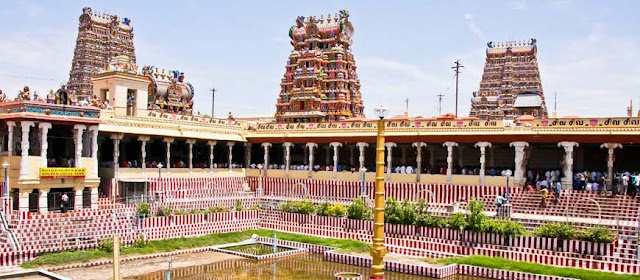
Meenakshi
temple is the oldest and most famous temple of South India. It is
constructed in the temple city of Tamil Nadu -Madurai. This temple has
exceptional blend mythology and history to tell the devotees who visit
this temple to worship Lord Shiva and Parvati in the form of
Sundareswarar and Meenakshi. The mythology narration begins with Goddess
Parvati emerging out of Yajna (sacred fire) as a three-year-old girl,
Meenakshi. As King Malayadwaja Pandya and wife Kanchanamalai had no
child, they worshiped Lord Shiva by igniting the Yajna and demanded a
son. But, the lord had a different plan and blessed the couple with a
three-breasted girl child. The abnormal physical appearance of the child
petrified the new parents, then a divine voice assured them not to
worry about the child and her third breast would disappear when she
meets her future husband.
The
relived king then nurtured his daughter Meenakshi and eventually
announced her to be his successor as she grew up to be a young woman. As
a fierce warrior princess, Meenakshi went on to capture her neighboring
kingdoms. It is said that she captured Indralok, the dwelling place of
Lord Indra, and then made her way to capture Kailash where Lord Shiva
dwells. The moment Lord Shiva appeared in front of Meenaski her third
breast disappeared this made her realize that she has met her soulmate.
Then Lord Shive led her to Madurai and they both united in the sacred
matrimony, which is till date celebrated as a ten-day festival Known as '
Chithirai Thiruvizha' also known as ‘Tirukalyanam’ (the grand wedding)
in the premises of Meenakshi temple.
History
narrates that the temple was built in the 1st-century C.E and it is as
old as the city itself. The temple was constructed by Kulashekarar
Pandyan, the king who ruled the Pandyan dynasty. Later the temple was
reconstructed in the 16th century after it had been destroyed by Muslim
invaders. The restructuring of the temple has been done by the Nayaka
dynasty inducing their architectural style known as 'Silpa Shastras'.
Later, the temple was expanded by Thirumalai Nayak. It was during his
ruling many Mandapams were constructed. The temple continued to expand
until the advent of the British Rule and the temple competed for its
final restructuring in 1995.
Ellora Caves
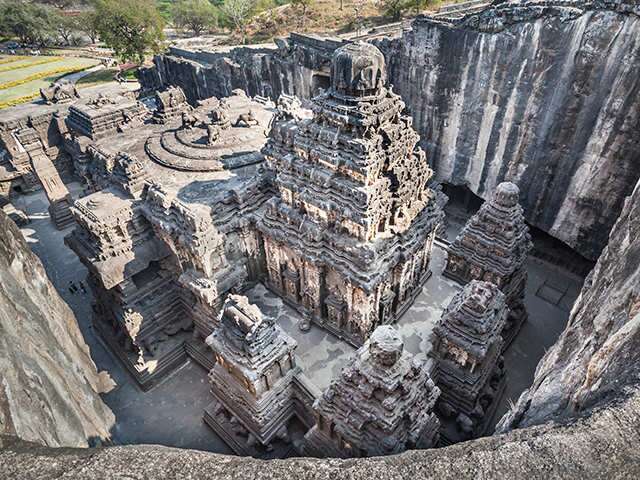
The
prehistoric temple is located near the Sahyadri hills in Aurangabad.
The Ellora Caves has Hindu, Jain, and Buddist temples and more than 100
caves. There are about 17 caves specified for Hindus, 12 for Buddist,
and five for Jain these caves also have the deities and carvings of the
respective religion. It is said that the Hindu and Buddist Caves were
constructed during the Rashtrakuta dynasty and the Jain Caves were built
by the Yadav dynasty.
The
12 Hindu caves were built from 600 to 875 AD, and these carvings
represent tree nymphs, animal motifs, trees, plants, apsaras, and of
course most importantly god and goddesses. Though the caves have several
carving and pillars some caves are plain and lack carvings. The Ellore
caves' excentric architecture has brought the pride of being a World
Heritage Site this artistic temple.
Guruvayur Temple
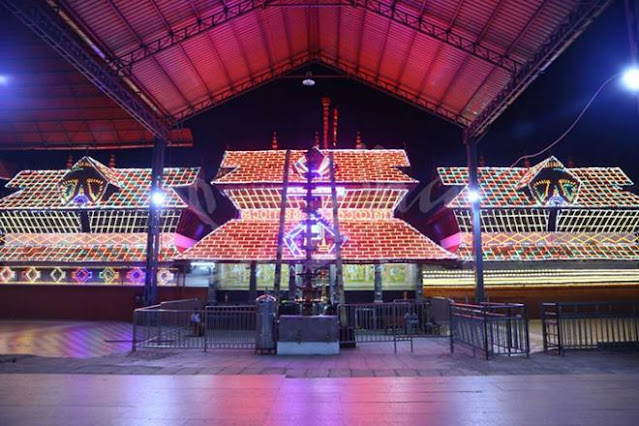
Guruvayur
Temple was earlier known as 'Bhooloka Vaikunta' (God's adobe on Earth)
is said to an age-old temple approximately 5000 years old. The temple's
name Guruvayur represents 'Guru' (preceptors of the gods) and 'Vayu'
(god of winds) also the temple is been dedicated to Lord Krishna who is
also known as Guruvayoorappan and hence the temple is also known as
'Dakshina Dwaraka'.
The
temple is constructed by the divine architect, Vishwakarma who has to
give a traditional Kerala architecture touch to the temple. The
architecture of the temple is designed in such a way that Lord Surya
himself pays homage to Vishnu on Vishu day, as the first sun rays fall
directly at the feet of Vishnu's deity. There are about ten beautifully
carved pillars on either side of the passage and the golden slokas of
Narayaniyam are craved to praise the Lord Guruvayur.
Badrinath Temple
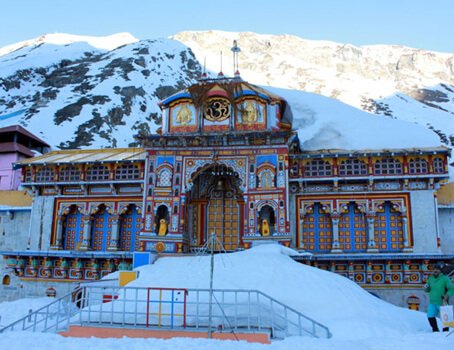
Badrinath
temple is located on the banks of Alaknanda River, in the Chamoli
district. The holy shrine of Lord Vishnu forms a part of the four
holiest sites in the Hindu religion and the others being Kedarnath,
Gangotri and Yamunotri know as Char Dham. Badrinath holds the pride of
being one among the 108 temples dedicated to Lord Vishnu and is renowned
as Divya Desams. Unlike other temples, Badrinath temple is not open all
round the year. It is open for devotees to worship only between April
to November as the weather is too harsh to withstand and take up
pilgrimage journey. Taking up the pilgrimage journey to these Char Dham
is considered as the way leading towards Moksha.
Hampi Temple
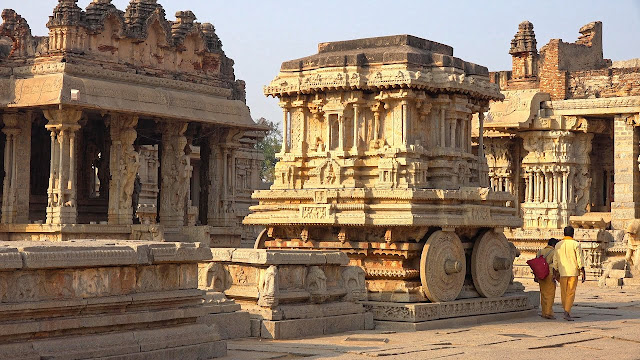
The
ancient site and an ex-royal capital of the Vijaynagar Empire, Hampi
temple which is also popularly known as the 'city of ruins'. The small
yet beautiful town of northern Karnataka is a most sought after place
for tourism and pilgrimage. On the banks of Tungabhadra River, Hampi has
two renowned temples of India Virupaksha and Vitthala.
Virupaksha
temple is the most popular shire of Hampi, it is also addressed as
Pampapathi Temple. Though the entire city was destroyed, this temple
remained unaffected back in the 16th century. This temple has three
towers, the eastern tower is raised to 160 feet with nine tires. The
temple's origin goes back to the 15th century, however, it was
reconstructed by Krishnadevaraya in the 16th century. Every year in
February, this temple notices Chariot festival is celebrated with full
gusto and fervor.








0 Comments